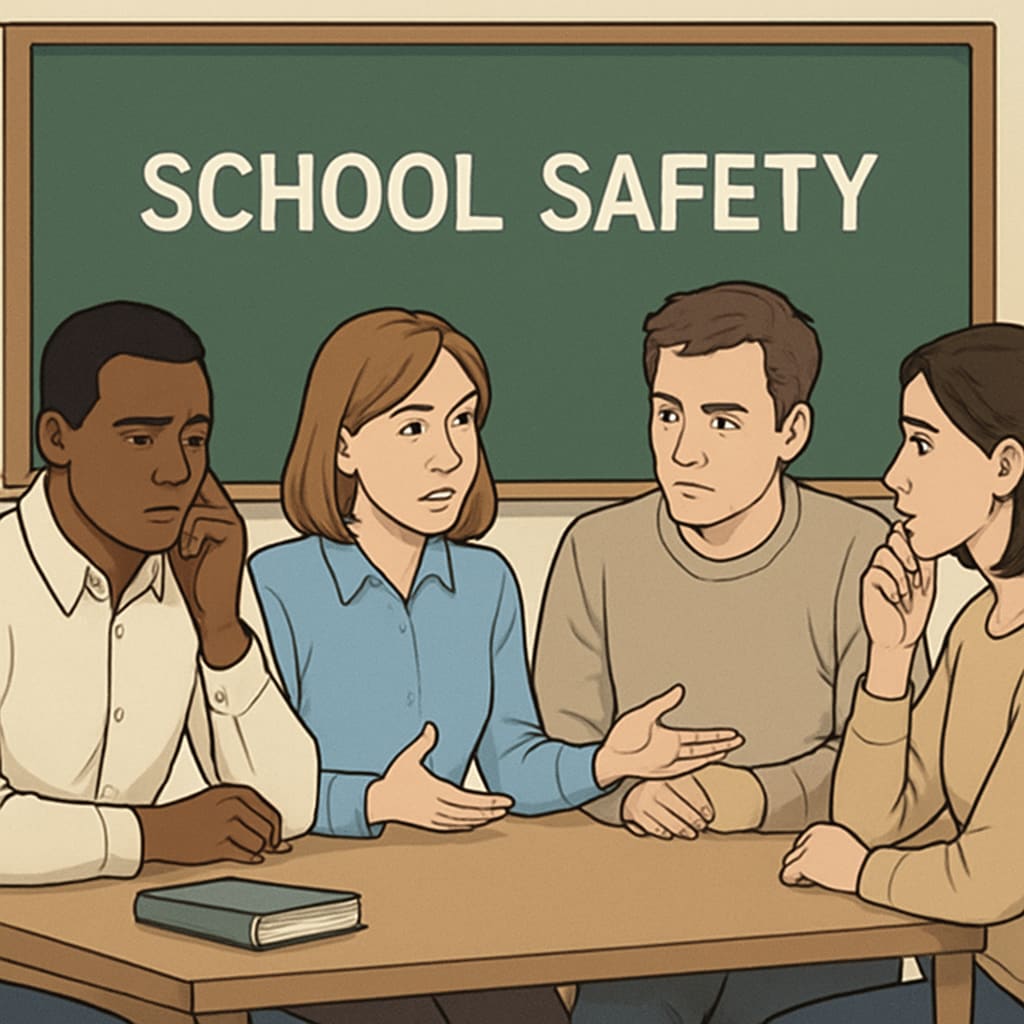When questions arise about child safety in schools, the community often looks toward school boards for guidance and leadership. However, what happens when a school board member has a documented history of child abuse? This troubling reality poses a significant threat to the integrity of educational environments and the safety of students. Addressing this issue requires informed community action and proactive measures to ensure every child’s well-being.
Understanding the Risks of Misconduct in School Boards
School boards play a critical role in shaping educational policies, hiring key staff, and maintaining overall accountability for a school’s operations. Therefore, their members must embody the highest standards of integrity and trustworthiness. When individuals with a history of child abuse occupy these roles, it undermines the trust parents and educators place in the system. Furthermore, it can create an unsafe environment where vulnerable children may be exposed to harm.
The repercussions of allowing such individuals to serve on school boards extend beyond immediate safety concerns. Their presence can erode public confidence, deter community engagement, and compromise the educational mission. For example, a board member’s past actions may influence hiring decisions or disciplinary measures, leading to biased or negligent oversight.

How Communities Can Take Action
Addressing misconduct within school boards is not just a matter of policy—it’s a vital step toward safeguarding children. Here are actionable strategies for parents and community members:
- Demand Transparency: Advocate for thorough background checks for all school board candidates. Transparency ensures that individuals with questionable histories are flagged before they assume positions of power.
- Create Advocacy Groups: Form local organizations to monitor school board activities and investigate candidates’ qualifications. Groups like these can amplify concerns and hold decision-makers accountable.
- Push for Policy Reform: Work with local government representatives to establish stricter regulations regarding school board eligibility. Policies should explicitly disqualify individuals with histories of child abuse from serving.
- Engage in Public Forums: Attend school board meetings and raise concerns publicly. This creates pressure for action and ensures the issue remains visible.
- Use Legal Channels: In cases of severe misconduct, consider pursuing legal remedies to challenge the appointment or continuation of problematic board members.
By implementing these steps, communities can restore trust and prioritize the safety of students above all else.

Balancing Accountability with Community Engagement
While addressing misconduct is essential, communities must also ensure that their actions are balanced and constructive. For example, accusations must be substantiated with evidence to avoid unfair targeting or defamation. Additionally, fostering an open dialogue between parents, educators, and board members can lead to collaborative solutions rather than divisive confrontations.
In addition, educating the broader community about the importance of safeguarding children can help build a culture of vigilance. Initiatives such as workshops, awareness campaigns, and partnerships with child protection organizations can further reinforce this commitment. Resources such as Britannica’s guide to child abuse and Wikipedia’s overview of school boards provide valuable insights for those seeking to learn more.
Ultimately, accountability and engagement go hand-in-hand. The goal is not only to remove harmful individuals but also to create systems that prevent such risks from arising in the first place.
Conclusion: Protecting the Future of Education
Ensuring the safety of children within educational systems is a shared responsibility. When school board members with histories of abuse are allowed to serve, it compromises the very foundation of trust and protection that schools should provide. However, with informed action and community collaboration, it is possible to address these challenges effectively.
Parents and educators must remain vigilant, advocating for transparency, reform, and accountability. By taking a stand, communities can safeguard the rights and futures of their children, ensuring that schools remain safe havens for growth and learning. Let us prioritize these efforts and work together to uphold the values that define a nurturing educational environment.
Readability guidance: The article maintains clear paragraphs, uses lists for actionable steps, and incorporates transition words to enhance flow. Passive voice is minimized, and technical terms are defined for accessibility. Images are positioned strategically to complement key sections.


